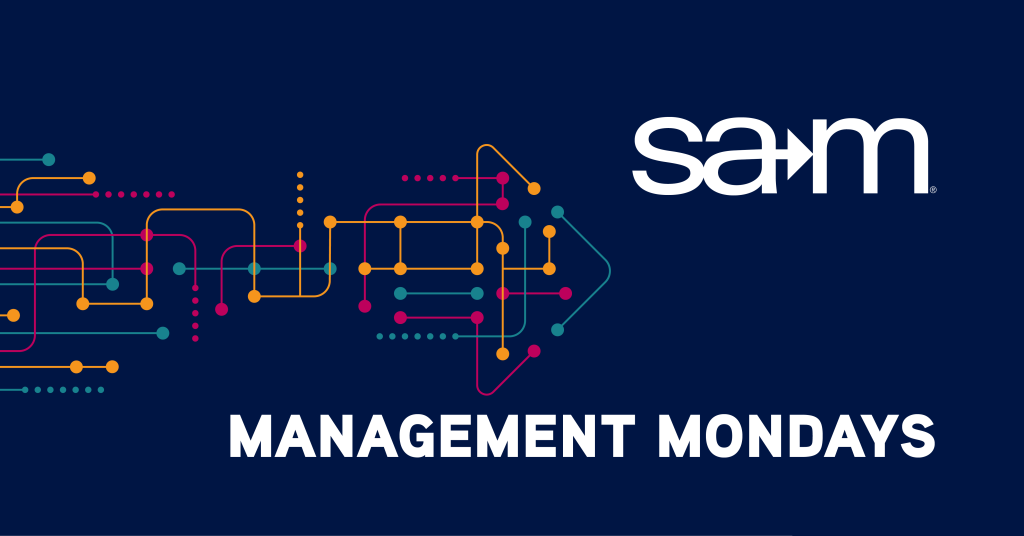
Trust is one of the most important currencies in the workplace, yet it is often misunderstood. People tend to equate trust with honesty, assuming that as long as they tell the truth, trust will follow. While honesty is essential, it is only one part of the equation. Trust also involves dependability, discretion, empathy, and how well you follow through on what you say. These qualities are shaped not by big promises, but by the repeated behaviors that others observe over time.
In professional environments, trust is often built or broken through everyday interactions. It is the tone you use in meetings, how you handle conflict, whether you follow up when you say you will, and whether you treat everyone with fairness. People watch for patterns. If your words and actions align consistently, trust grows. If there is a gap between what you say and what you do, even once, it can cause hesitation or doubt.
Understanding trust as a layered concept helps leaders see why it requires ongoing attention. Being trustworthy is not a one-time decision. It is a set of habits that are reinforced daily. For those in early or mid-career positions, developing these habits early on can create a strong leadership foundation. You do not need a title to be seen as dependable, but you do need to be intentional about how your behavior impacts the people around you.
The Role of Predictability in Team Dynamics
Predictability might not sound like a thrilling leadership trait, but it is one of the most important when it comes to trust. When people know what to expect from you, they feel more secure. That sense of stability gives them the confidence to speak up, take risks, and collaborate more openly. It also reduces unnecessary stress and confusion, which often creep in when leaders are unpredictable or inconsistent.
Leaders who make sudden changes in direction without explanation, vary in how they treat team members, or forget to follow up on commitments unintentionally create distrust. Even when their intentions are good, their inconsistency sends mixed messages. Over time, this can cause team members to hold back, second-guess themselves, or disengage. Predictability, by contrast, allows people to focus more fully on their work instead of spending mental energy wondering what their leader will do next.
Being predictable does not mean being rigid or robotic. It means being thoughtful, consistent, and transparent in your approach. If a shift in direction is needed, communicate clearly and explain why. If a deadline is going to move, give advance notice and share the reasoning. These small acts of consideration help team members feel respected and informed. They also reinforce your role as someone who can be counted on, especially when circumstances change.
Everyday Habits That Build or Break Trust
Many of the behaviors that build trust are not grand gestures but small, repeated actions. These include things like arriving on time, responding to messages promptly, giving credit where it is due, and honoring confidentiality when someone shares something personal. These everyday habits signal reliability and care. When they are practiced consistently, they help team members feel safe and valued.
Conversely, trust can erode just as quickly through subtle behaviors. Interrupting others during meetings, dismissing ideas without listening, or failing to recognize someone’s effort may seem minor in the moment, but they add up. These behaviors can create an environment where people feel overlooked or undervalued. Once that happens, trust begins to erode silently, even if performance remains steady on the surface.
To lead with trust, it is important to regularly reflect on your own habits. Ask yourself how others might interpret your actions, especially in stressful situations. Are you as approachable during busy weeks as you are during quiet ones? Do you listen as well as you speak? Trust is built when your behavior communicates respect, attentiveness, and follow-through. These qualities send a consistent message that people can rely on you.
Navigating Trust During Times of Change
Change is one of the most common stressors in the workplace, and it is also one of the biggest tests of trust. When roles shift, priorities evolve, or external pressures mount, people look to leaders for signals about how to respond. If leaders go quiet or appear uncertain, it can create anxiety and speculation. Trust begins to falter not because people expect leaders to have all the answers, but because they need communication and clarity during the unknown.
In times of change, leaders must be even more intentional about how they show up. That means being honest about what is still unclear, sharing updates as they become available, and acknowledging the emotional toll that change can take. These actions help reinforce that you are leading with integrity, even if the path forward is not fully defined. It also shows that you see the people behind the work, not just the outcomes.
Trust during change is also reinforced through presence. Leaders who make themselves available, check in regularly, and stay visible send a powerful message that they are engaged and invested. Even a short conversation or quick note of encouragement can go a long way during periods of uncertainty. These moments signal steadiness and care, which help teams stay connected even as they navigate uncharted territory.
What to Do When Trust Is Damaged
No leader is perfect, and there may be times when trust is unintentionally damaged. Whether it is a missed deadline, an unkept promise, or a poorly handled conversation, trust can be shaken. When this happens, the most effective response is to acknowledge it directly. Trying to ignore the issue or justify your actions will only deepen the distance. Instead, take ownership, express genuine regret, and ask what you can do to repair the relationship.
Apologizing well is a leadership skill in itself. It requires humility, clarity, and a willingness to hear how your actions affected others. A sincere apology does not shift blame or minimize the impact. It communicates responsibility and a desire to rebuild. When done thoughtfully, it can actually strengthen the relationship by showing your commitment to trust, not just comfort.
After a breach of trust, follow-through is key. Words alone are not enough. Rebuilding trust requires consistent behavior that aligns with what you have promised. Over time, these actions begin to restore confidence. It may not happen overnight, but people will notice when you make the effort to show up differently. Trust, once restored, can become even more resilient if it is nurtured intentionally.
Final Thoughts
Trust is not built in a single moment. It is shaped by the small, consistent actions that define how we treat others each day. For early-career professionals and mid-level managers, understanding the mechanics of trust provides a powerful foundation for leadership. It shifts the focus from performance alone to presence, from authority to reliability, and from intention to impact.
Leaders who prioritize trust create environments where people feel safe to contribute, take risks, and speak up. These environments are more adaptive, more innovative, and more resilient under pressure. Building trust requires patience, empathy, and discipline, but the payoff is significant. Teams with strong trust relationships work better together, recover faster from challenges, and deliver stronger outcomes. Whether you are managing a team or collaborating with peers, remember that trust is your most renewable resource. The more you invest in it, the more it returns. By choosing to lead with consistency, respect, and transparency, you set a tone that encourages others to do the same. And when trust becomes the norm, performance and well-being grow together.
Trust does not happen automatically. It is built through consistent leadership, emotional intelligence, and a clear understanding of your own leadership style. Our Leadership Styles course, part of the SAM Management Training and Development program, is designed to help you lead with greater clarity, confidence, and adaptability.
In this course, you will discover which leadership styles come naturally to you, when to adjust your approach, and how to manage conflict effectively. You will also learn how to improve your communication skills and build lasting trust by aligning your strengths with the needs of your team.
SAM members receive a 20 percent discount on all of our course registrations. Sign up today for Leadership Styles and start leading in a way that others can rely on.

Written By,
Patrick Endicott
Patrick is the Executive Director of the Society for Advancement of Management, is driven by a deep commitment to innovation and sustainable business practices. With a rich background spanning over a decade in management, publications, and association leadership, Patrick has achieved notable success in launching and overseeing multiple organizations, earning acclaim for his forward-thinking guidance. Beyond his role in shaping the future of management, Patrick indulges his passion for theme parks and all things Star Wars in his downtime.
